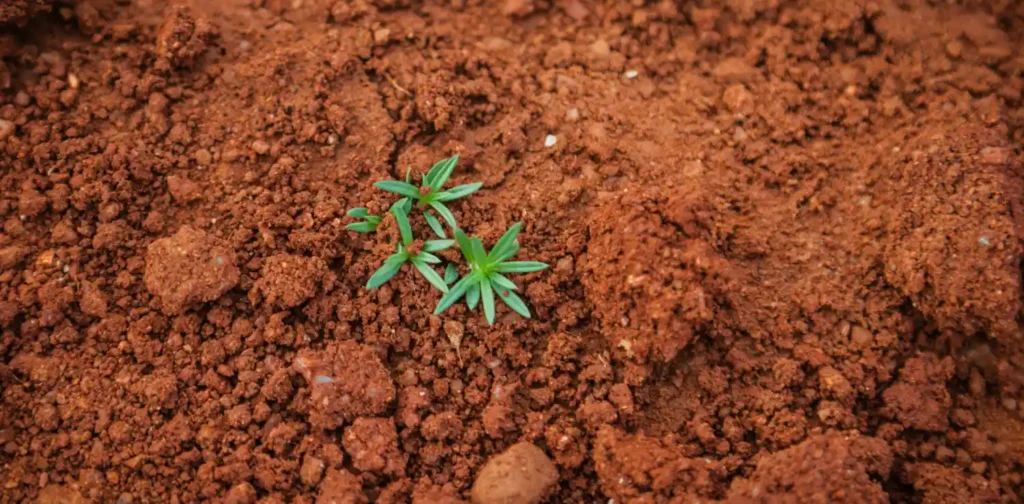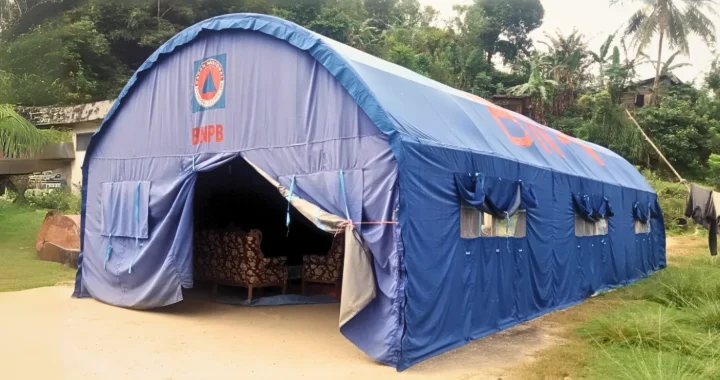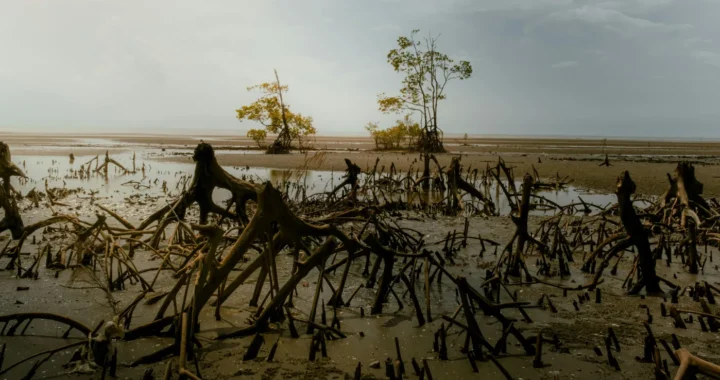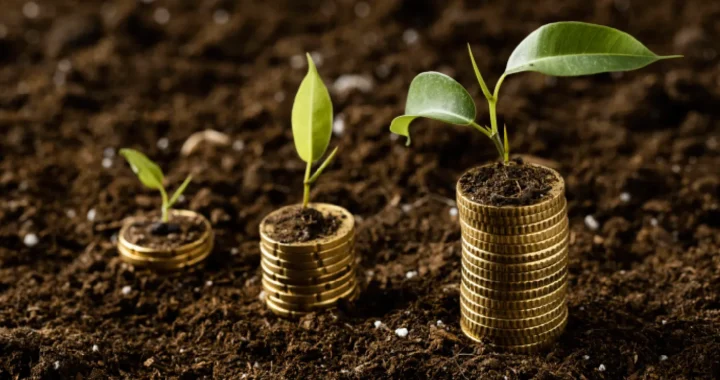Soil Remediation for Food Security and Environmental Health in Central Asia

Photo by paul mocan on Unsplash
Soil is more than just the ground we walk on. It is the foundation of many things, such as agricultural food production and habitats for humans and wildlife. Unfortunately, soil degradation is an ongoing issue, affecting one-third of global soils. Among the causes is pollution, particularly due to pesticides like in Central Asia. Hence, nursing the soil back to health through soil remediation is an important aspect of sustainable development.
Pesticide Pollution in Central Asia
More than 90% of pesticides used in conventional agriculture do not reach their targets. Instead, they become pollution, poisoning the soil and water long after the fact. Older pesticides—now mostly banned—tend to accumulate, posing long-term impacts on human health, food production, the ecosystem, and biodiversity loss.
For instance, the soil of the former Soviet Union’s land holds about half of the world’s obsolete pesticides. The region was once an agricultural center—especially for cotton—rife with pesticide application and oversupply. Nowadays, a large portion of that heavily contaminated land is in Central Asia.
“Due to a lack of experience and skill within the institutions and stakeholders responsible for managing pesticides and gaps in the legal frameworks in the region, proper pesticide lifecycle management has been overlooked,” said FAO Agriculture Officer Tania Santivanez.
Soil Remediation Projects
Beyond environmental health and human safety, returning contaminated soil back to its healthy origin is also key to sustainable agricultural food production. Soil remediation can be the answer to this cross-sectoral issue.
Soil remediation can be traced back to the early 20th century when industrialization began to threaten the environment. In essence, soil remediation is a method used to ‘clean’ contaminated soil by removing, immobilizing, or transforming pollutants in it. Even in some cases where the process cannot eliminate the contaminants completely, it can significantly reduce the risk of harm.
There are various soil remediation methods to apply, depending on the scale, the extent, the climate, etc. In Central Asia, addressing pesticide-contaminated soil is a large-scale project. Therefore, the solution must be economically sound as well as environmentally sustainable.
An example is the three-year-long project of soil remediation trials in Kazakhstan and Kyrgyzstan. Under the GEF (Global Environment Facility) and FAO (Food and Agriculture Organization), the trials utilize bioremediation and phytoremediation as the more sustainable and cost-effective large-scale solutions for lightly polluted soils. Bioremediation uses microorganisms to break down organic contaminants in the soil. Meanwhile, phytoremediation utilizes plants to remove them.
Healthy Soil for Sustainable Development
Clean soil is crucial for the safety of humans, animals, and other biodiversity that lives on it. Beyond that, healthy, nutrient-rich soil leads to resilient, nutrient-rich plant-based food. Therefore, sustainable soil management is also a matter of food security and nutrition. Restoring, maintaining, and improving the health of global soils cannot be an afterthought. Furthermore, besides large-scale solutions, smaller-scale efforts tailored to the conditions and needs of the area are also important. From local communities to national governments and international organizations, all relevant stakeholders can and should contribute to ensuring healthy soil for people and the planet.

Subscribe to Green Network Asia
Strengthen your personal and professional development with cross-sectoral insights on sustainability-related issues and sustainable development across the Asia Pacific and beyond.

Nazalea Kusuma
Naz is the Manager for International Digital Publications at Green Network Asia. She once studied Urban and Regional Planning and has lived in multiple cities across Southeast Asia. This personal experience has exposed her to diverse peoples & cultures and enriched her perspectives. Naz is an experienced and passionate writer, editor, translator, and creative designer with a decade worth of portfolio.


 Nickel Mining in Raja Ampat and the Widespread Cost of Natural Resource Exploitation
Nickel Mining in Raja Ampat and the Widespread Cost of Natural Resource Exploitation  Lumbung Sosial: Challenges and Opportunities of Indonesia’s Social Barn Program
Lumbung Sosial: Challenges and Opportunities of Indonesia’s Social Barn Program  A Worrying State of Insect Decline
A Worrying State of Insect Decline  GEF Approves Funding for Biodiversity Conservation Projects in Indonesia
GEF Approves Funding for Biodiversity Conservation Projects in Indonesia  Mikoko Pamoja, A Blue Carbon Project for Climate Resilience
Mikoko Pamoja, A Blue Carbon Project for Climate Resilience  Australia Released a Sustainable Finance Taxonomy to Support Net-zero Transition
Australia Released a Sustainable Finance Taxonomy to Support Net-zero Transition